

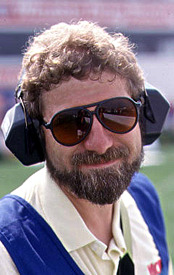 A Body-Slam Into the Die-Cast Flusher?
A Body-Slam Into the Die-Cast Flusher?
World Wrestling Federation Entertainment, Inc. Revises Full Year Revenue and EBITDA Estimates for Fiscal Year 2001
STAMFORD, Conn.--(BUSINESS WIRE)--Sept. 27, 2000--World Wrestling Federation Entertainment, Inc. (NMS:WWFE) today announced that it has revised its revenue and earnings estimates for its core businesses for the current fiscal year ending April 30, 2001….Ms. McMahon anticipates that revenues in licensing will not meet expectations in part due to slower than expected sell-through of older toy products as well as a decrease in the estimated revenues from its association with the National Hot Rod Association (NHRA).….Licensing revenues from the association with the National Hot Rod Association (NHRA) are below plan principally due to aforementioned management issues. The company has since changed management and fully expects to monetize the success that the company's NHRA team is having on the track by focusing on sponsorship sales and merchandise development. - abridged from a news release.
Sounds like a lot of financial gobbledy-gook, right? However, this release spoke volumes about the major reason the WWF had entered into its association with Jerry Toliver and the NHRA: somebody had told them they were going to make a bunch of money selling diecast cars and other racing-related collectibles. Unfortunately, the WWF never got their planned return, which was apparently estimated great enough that the lack of such sales hurt their corporate bottom line.
The problem does begs some probing questions. What was promised here? Was part of selling this well-heeled sponsor on a race car deal a verbal or written understanding of large monetary gains through memorabilia sales?
The sponsorship now appears on the surface to have been based on a projected profit from returns by linking the WWF stars to the NHRA cars (hey, remember, we always heard that the cars are the stars). Jerry Toliver has been a solid spokesman and has proven to be the closest threat to the Force dynasty in almost a decade, despite his recent downturn in racing success. The WWF probably had the right guy from an appearance standpoint, but no investor is happy when hoped-for profits don't show up.
In the past, we have talked the fickle nature of manufactured collectibles. Whether they are Danbury Mint coin sets, Bradford Exchange plates or racing trading cards (of any form), they tend to be fad-driven; the fad or impulse buyer, either under the illusion to "have it all" or dropping his hard-earned bucks on an "investment," is a great customer - for a time. Eventually, due to the large amount of product (meaning he can't have it all) or the decision that he could spend his money on something giving more satisfaction (the investment didn't pan out), this buyer leaves the marketplace, usually for good.
In some sports, perhaps, a constant flux of new buyers can replace those leaving the fold. Unfortunately, drag racing collectibles do not appear to be in such a position. Although there are many serious collectors, they are not a strong enough presence in the market to make it viable over the long term. The diecast companies involved have already seen a downturn in sales, stock prices and profitability. At the Indy memorabilia show, virtually everything actually selling was considerably below list price. This is not a problem with the quality of the product, which is high, or with the distribution channels, since most hobby diecast dealers will stock the drag racing lines to some extent. It appears more to be that, in the words of B.B. King, the thrill is gone. The buyers hoped for have not materialized, and the current buyers are being more cautious.
The truth is, manufactured drag racing stuff has NEVER been a good seller over the long term (two to five years seems to be the limit for the "fad" items), and the vintage memorabilia market, despite prices that would suggest otherwise, remains very narrow in terms of buyers. In my opinion (for what it is worth), for a marketplace to be successful, it needs a near-continual influx of interested, well-heeled followers, the ones who have "the fever" to spend. Drag fans seem to have the "fever" for about as long as it takes Toliver's guys to service his car between rounds. Simply because a big-name wrestler is involved does not mean that those specifics are going to change, at least not from a volume standpoint.
The licensing problem may be even more serious, although specifics were not laid out as to who paid whom (WWF paid the NHRA too much, NHRA paid the WWF too little, WWF paid its stars too much up front for usage, etc). However, there is no guarantee of return, and cannot be in this type of business. So the question remains, who was it that led the WWF to believe that the goose that laid golden eggs was making quarter-mile passes, and since that goose got cooked, are they done with the nitro wars? One would hope not, but from a business standpoint, the investment seems to have come to naught.
Trading cards - gone. Well-known magazine titles - gone. Diecast stuff - going. WWF - ????
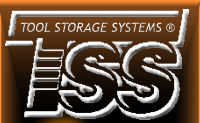 | ||
 | ||
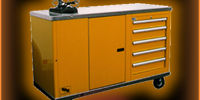 | ||
 | ||
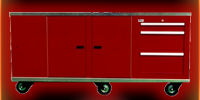 | ||
 | ||
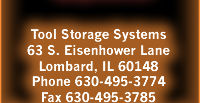 | ||
 | ||
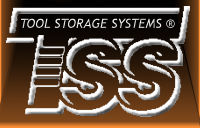 | ||

Copyright 1999-2001, Drag Racing Online and Racing Net Source